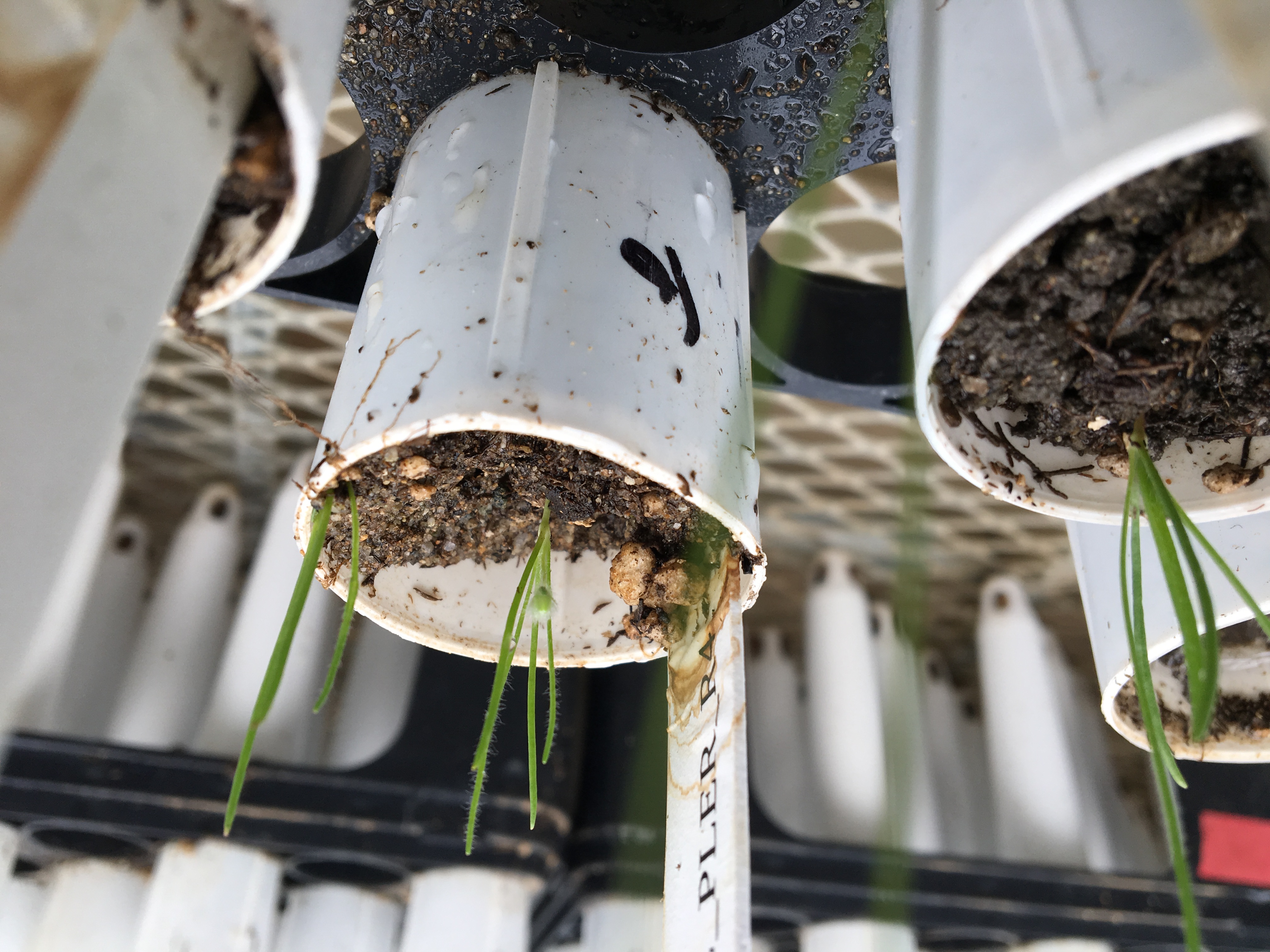Ecology Projects
Interactions between plants and soil microbes are common in nature, and have a pivotal role in mediating plant succession, invasion, and species coexistence. To study their influence on plant coexistence, I used diverse approaches utilizing theorys, modeling, experiments, and statistics.
Projects
Plant-soil feedback in the lense of modern coexistence theory
A meta-analysis of microbial control on plant coeixstence (2021-2022)
We conduct a meta-analysis on the microbially mediated fitness differences and compare their magnitude with the frequency dependent effect generate by microbes, to obtain a more comprehensive picture of microbial influence on plant coexistence outcomes.
This is project is in collaboration with Jonathan Levine and Gaurav Kandlikar. Check out our preprint.
A greenhouse experiment (2019-2020)
We conducted a Plant-soil feedback (PSF) greenhouse experiment on 6 California grassland species (15 pairs), and found out soil microbes frequently generate stronger fitness differences than stabilizing effect. This indicates that microbes often drive species exclusion in the classic PSF framework where other competitive abilities are assumed to be equal.

Read our paper for more details.
Theory on microbially mediated fitness difference (2018-2019)
Applying the modern coexistence theory to the classic PSF framework, we showed that PSF can generate not only frequency dependence that stabilize or destabilize plant coexistence, but also frequency independent fitness difference. Correctly infering the effect of PSF on coexistence, the fitnesss difference must be compared with the (de)stabilizing effect.)

Read our paper for more details.
Evolutionarily stable coexistence?
Using adaptive dynamics, we explore if plant-microbe interactions, e.g. Janzen-Connell effects, can allow plant species to have evolutionarily stable coexistence.
This is in-progress project with my advisor Caroline Farrior. Stay tuned.
